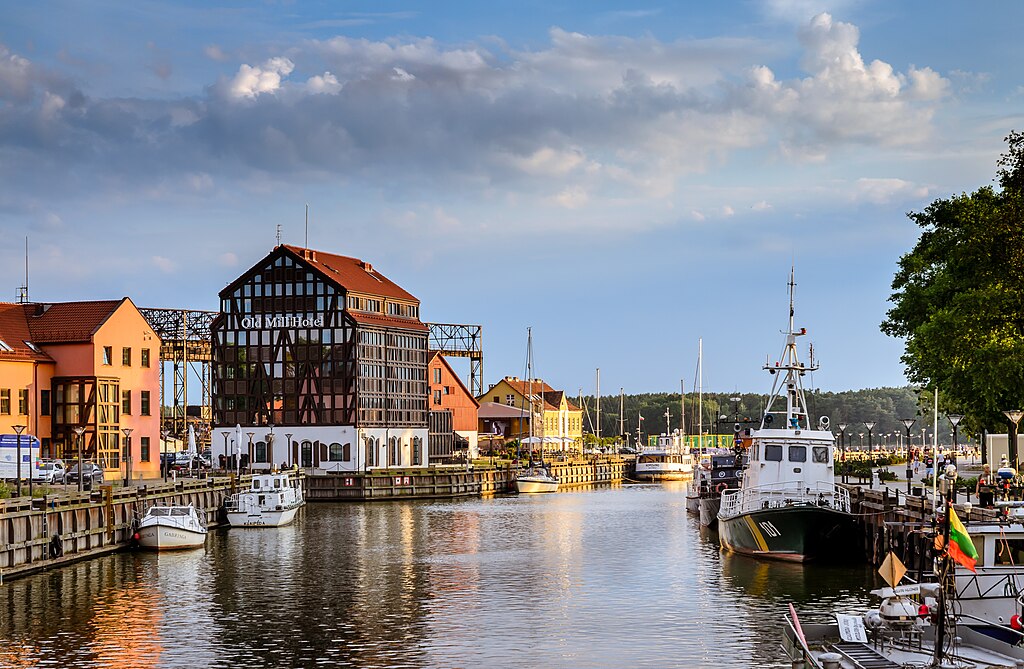Geothermal could be a strategic energy source for Lithuania, says KTU scientist

KTU scientist Mayur Pal highlights the potential for geothermal development for heating in Lithuania, building on learnings from the failed Klaipeda project.
Lithuania has potential for geothermal energy for heating, particularly in the Western region, but investment and political support will be necessary for its development. This is just one of many points that were stated by Professor Mayur Pal, Faculty of Mathematics and Natural Sciences at Kaunas University of Technology (KTU) and Head of the GeoEnergy Research and Innovation Lab at the interdisciplinary prototyping laboratory centre M-Lab.
A brief experience of geothermal operations in Lithuania
Lithuania has already had some experience in geothermal heat operations with the Klaipeda demonstration plant in the city of Klaipeda on the western region, along the Baltic Sea Coast. Four wells were drilled for the project from 1997 to 1998, each targeting the Lower Devonian sandstone at a depth of 1000 meters. The facility was built in 2000 and supplied heat to an existing district heating network.
Technical difficulties were encountered in Klaipeda since the start of operations. Gypsum precipitation was observed, along with a continuous drop in injectivity. The flowrates, both for production and reinjection, were well below the expected figures.
Remedial measures were done over the following years, including the drilling of a sidetrack well, chemical treatment, and radial jet drilling. These resulted in only marginal improvements. By 2017, the operator Geoterma shut down operations and declared bankruptcy with over EUR 3 million in debt.
Subsurface information supports further development
Still, the experience in Klaipeda proved that temperatures in the Devonian aquifers were high enough to support heating, albeit they are too low for electricity generation. Pal notes that geothermal resources at depths of 1000-1500 meters in western Lithuania have temperatures of about 45–46°C and are hosted in high-porosity sandstone layers.
“Deeper, at about 2–2.5 thousand metres, other sandstone deposits are found, with temperatures reaching around 96°C. These layers are theoretically more suitable for electricity generation, but their quality depends heavily on the location: in central Lithuania, these deposits have better porosity and permeability, while in western Lithuania, these properties are poorer,” Pal further added.
A strategic energy source
Despite the limitations of the geothermal resource, Pal states that Lithuania could become a leader for geothermal in the Baltic region. It is also a strategic option for energy development, as the use of geothermal for heating could reduce the country’s dependence on imported electricity and gas. “A few hundred MW from Cambrian geothermal systems could offset electricity imports, and Devonian aquifers could replace the use of biomass or gas in district heating networks.”
“Geothermal energy could make up 5–10 per cent of the 45 per cent share of renewable energy sources, which is about 50–100 MW from Cambrian systems,” he says.
The stability, versatility, and ability to provide an uninterrupted supply are some of the unique strengths of geothermal. Even though the developed capacity may be modest, geothermal can provide the base capacity to help balance the fluctuating outputs from solar and wind energy.
Source: Kaunas University of Technology ; Radeckas & Lukosevicius, 2000; Guinot & Marnat, 2021